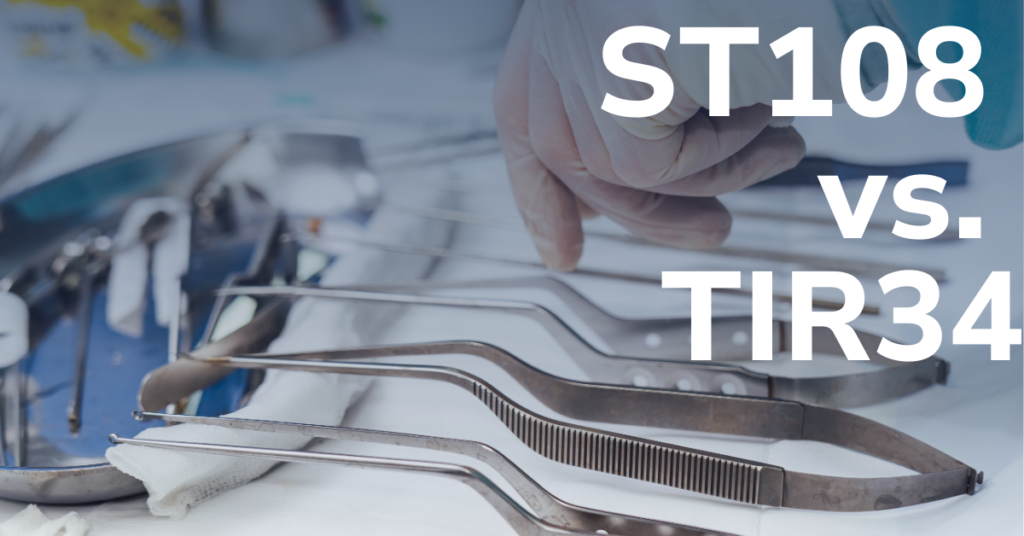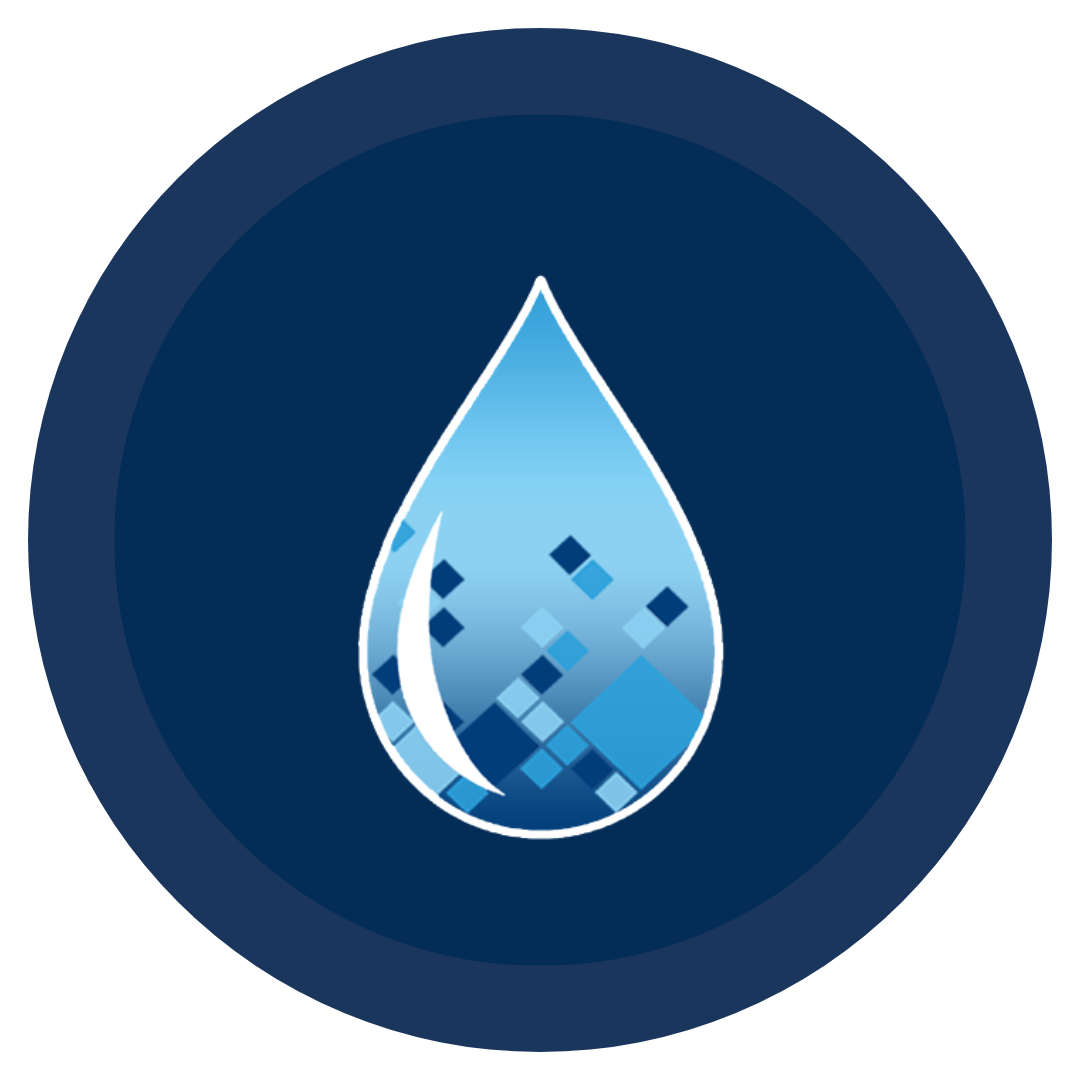In the realm of sterile processing and infection control, understanding the various standards and guidelines is crucial for maintaining the highest levels of safety and compliance. Two key documents in this field are ST108 and TIR34, both developed by the Association for the Advancement of Medical Instrumentation (AAMI). But what exactly are these documents, and how do they differ? Let’s dive into the specifics to clarify their roles and differences.
Understanding ST108
ST108 is a standard that provides comprehensive guidelines for the cleaning, disinfection, and sterilization of reusable medical devices. The primary goal of ST108 is to ensure that all medical instruments are processed correctly to prevent healthcare-associated infections (HAIs) and ensure patient safety. This standard outlines the procedures and practices that healthcare facilities must follow to maintain high levels of cleanliness and sterilization.
Key Components of ST108:
- Cleaning Procedures: Detailed steps for the thorough cleaning of medical devices to remove organic and inorganic materials.
- Disinfection Guidelines: Instructions on using chemical disinfectants to eliminate most pathogenic microorganisms.
- Sterilization Methods: Various methods for completely eliminating all forms of microbial life, including bacteria, viruses, spores, and fungi.
- Quality Control: Measures for routine monitoring and verification of cleaning, disinfection, and sterilization processes.
- Documentation: Requirements for maintaining detailed records of all sterile processing activities.
Understanding TIR34
TIR34, on the other hand, stands for Technical Information Report 34. Unlike a standard, a Technical Information Report provides guidelines and best practices but is not enforceable as a regulatory requirement. TIR34 focuses specifically on water quality for reprocessing medical devices. It offers detailed recommendations on the quality of water used in various stages of reprocessing, including cleaning, rinsing, disinfection, and sterilization.
Key Components of TIR34:
- Water Quality Parameters: Detailed specifications for water quality, including acceptable levels of contaminants such as microorganisms, endotoxins, and particulates.
- Water Treatment Methods: Recommended methods for treating water to meet the required quality standards, such as filtration, reverse osmosis, and deionization.
- Monitoring and Testing: Guidelines for regular monitoring and testing of water quality to ensure it meets the necessary standards for reprocessing medical devices.
- Best Practices: Recommendations on maintaining and troubleshooting water treatment systems to ensure consistent water quality.
Key Differences Between ST108 and TIR34
While both documents aim to enhance the safety and effectiveness of medical device reprocessing, they focus on different aspects and serve distinct purposes.
- Scope and Focus:
- ST108: Covers the entire process of cleaning, disinfection, and sterilization of reusable medical devices, providing a broad set of guidelines for sterile processing.
- TIR34: Focuses specifically on water quality used in the reprocessing of medical devices, providing detailed recommendations on achieving and maintaining optimal water quality.
- Type of Document:
- ST108: A standard, which means it sets enforceable guidelines that healthcare facilities must follow to ensure compliance and maintain accreditation.
- TIR34: A Technical Information Report, which offers guidance and best practices but is not legally enforceable.
- Regulatory Implications:
- ST108: Compliance with ST108 is often required for regulatory and accreditation purposes, making it a critical document for healthcare facilities to follow.
- TIR34: Provides valuable information and recommendations that support compliance with standards like ST108 but is not a regulatory requirement in itself.
Why Both are Important
Understanding and utilizing both ST108 and TIR34 is essential for healthcare facilities aiming to achieve the highest standards of sterile processing and infection control. While ST108 provides the comprehensive framework for the entire reprocessing procedure, TIR34 offers in-depth guidance on a critical component of this process—water quality. Together, they help ensure that medical devices are reprocessed in a manner that maximizes patient safety and minimizes the risk of HAIs.
How IWC Innovations Can Help
Navigating the complexities of standards and guidelines like ST108 and TIR34 can be challenging. At IWC Innovations, we specialize in providing expert guidance and support to help healthcare facilities achieve compliance and maintain the highest standards of sterile processing. Our team of experts has extensive experience in both sterile processing systems and high-purity water, ensuring your operations meet all necessary requirements.
Contact IWC Innovations today to learn more about how we can assist you in implementing and maintaining compliance with ST108 and leveraging the best practices outlined in TIR34. Together, we can ensure the highest levels of safety and efficiency in your sterile processing operations.




